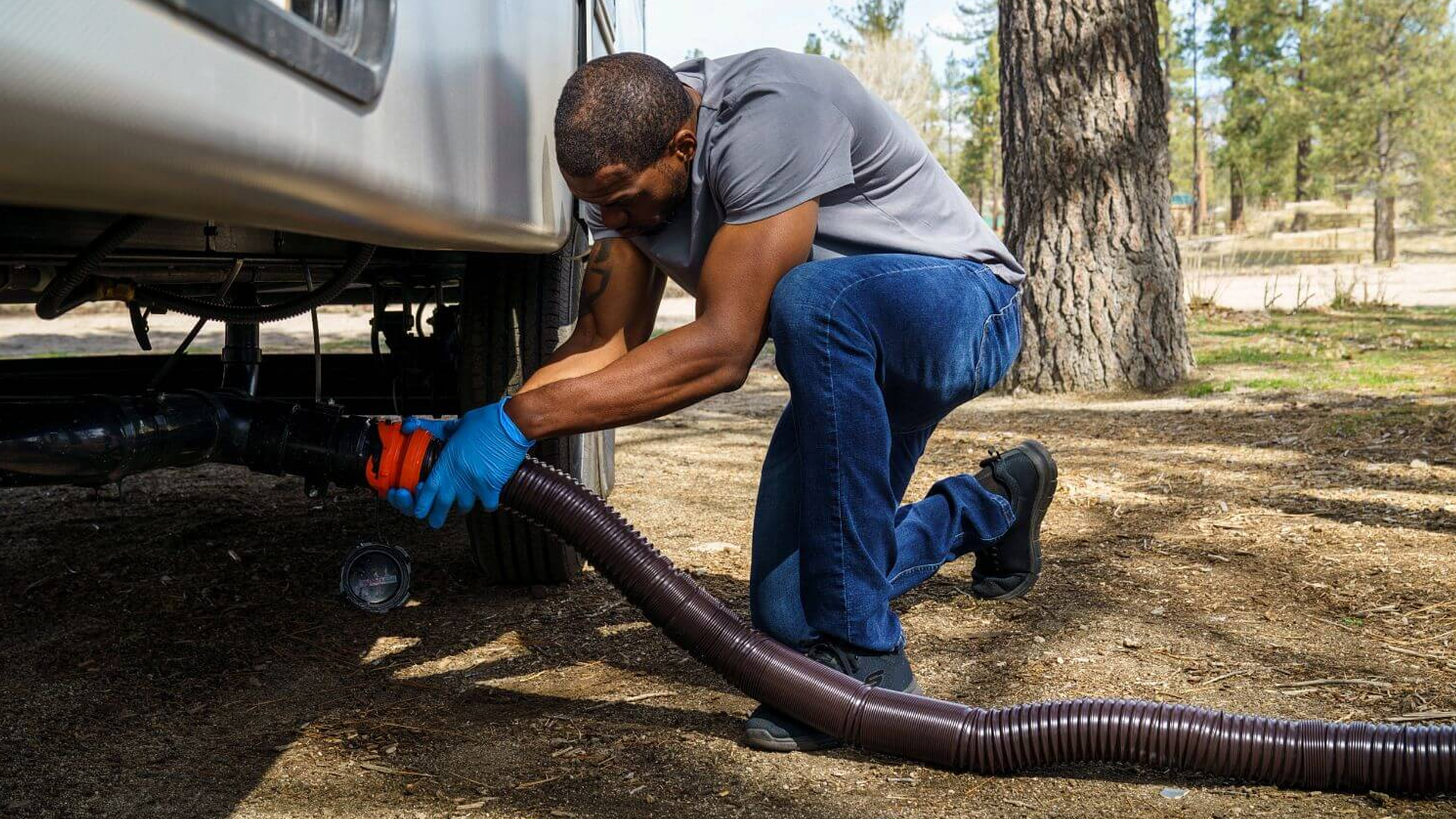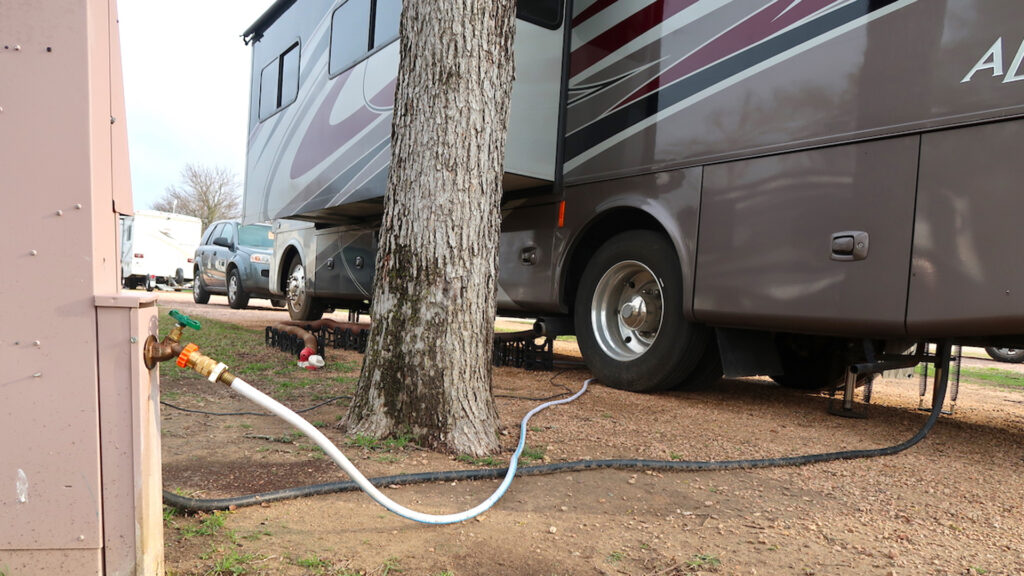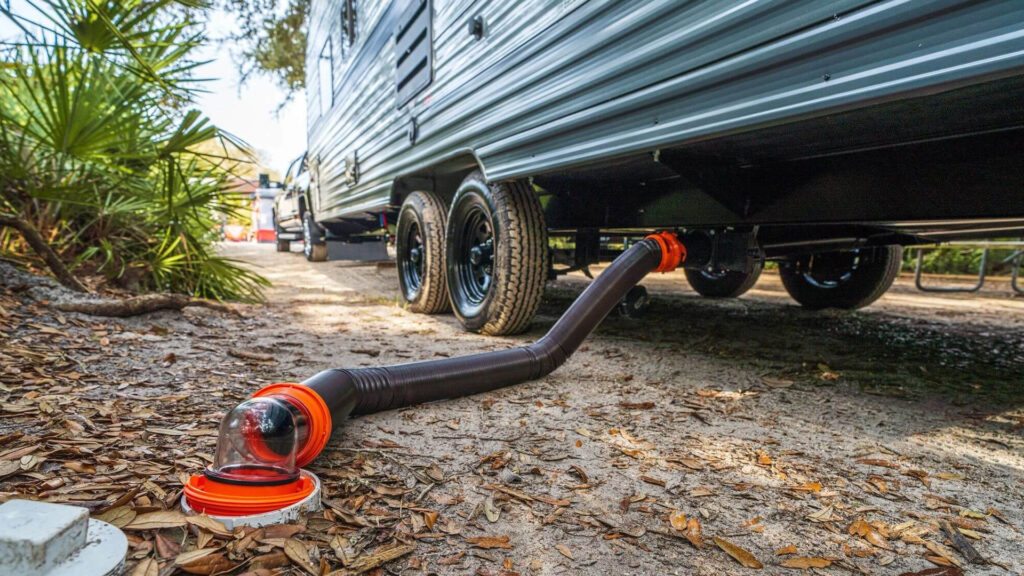
Holding Tank vs Septic Tank: Understanding the Key Differences
Table of contents
Properties without access to municipal sewer systems require alternative wastewater management solutions, with holding tanks vs septic tanks being the two primary options. Choosing between these systems involves understanding their fundamental differences, costs, and maintenance requirements. Approximately 21 million U.S. households use septic systems, highlighting the importance of this topic. Making the wrong choice can lead to significant financial consequences and potential regulatory issues, making this decision critical for property owners.
What Is a Holding Tank?
Basic Function and Structure
A holding tank is a simple, watertight container designed solely for storing raw wastewater without any treatment process. Unlike a septic tank, it does not break down waste—it only holds it until it is pumped out.
- Structure: Typically, holding tanks have one lid, one compartment, and no outlet.
- Capacity: Ranges from 200 gallons (small applications) to 2,000 gallons (residential use).
- Materials: Commonly made from plastic, fiberglass, or concrete.
- Float Alarm: Most tanks include a high-level float alarm to alert owners when the tank is nearing capacity.
Primary Applications
Holding tanks are used when septic systems are not viable, including:
- Properties with unsuitable soil conditions (poor drainage, high water table).
- Temporary setups (construction sites, mobile offices).
- RV and boat wastewater storage.
- Vacation homes with infrequent use.
- Locations where local regulations prohibit septic systems.
What Is a Septic Tank?

Basic Function and Treatment Process
Unlike a holding tank, a septic tank provides primary wastewater treatment by separating waste into three layers:
- Scum (top layer) – Floating oils and grease.
- Effluent (middle layer) – Partially treated wastewater that flows to the drain field.
- Sludge (bottom layer) – Solid waste that settles and requires periodic pumping.
Inside the septic tank, anaerobic bacteria play a crucial role in breaking down organic waste, reducing the volume of solids and beginning the wastewater treatment process before it moves to the drain field. When comparing holding tank vs septic tank, the septic tank’s process continues as the drain field, also called a leach field, further purifies the effluent as it percolates through layers of soil, which act as a natural filter by removing harmful bacteria, viruses, and nutrients.
Physical Characteristics and Components
- Structure: Septic tanks typically have two lids, two compartments, and an outlet leading to a drain field.
- Capacity: Ranges from 1,000 to 4,000 gallons for residential systems.
- Materials: Common options include concrete, fiberglass, or plastic.
- Components: A complete septic system includes the septic tank, distribution box, and drain field.
Key Differences Between Holding Tanks and Septic Tanks
Purpose and Functionality
- Holding tanks: Store wastewater only and require frequent pumping.
- Septic tanks: Treat wastewater using microbial action and discharge effluent into a drain field.
Physical Appearance and Design
- Holding tanks: One compartment, no outlet, no treatment process.
- Septic tanks: Multiple compartments, an outlet, and internal treatment components.
Installation Costs
- Holding tanks: $6,500 – $8,000.
- Septic systems: $12,500 – $22,000.
- Factors affecting cost: Size, material, site preparation, additional system components.
Maintenance Requirements and Pumping Schedules
- Holding tanks require frequent pumping: Every 2-4 weeks for full-time use.
- Septic tanks require less frequent pumping: Every 3-5 years.
- Cost comparison:
- Holding tanks: Pumping costs ~$560 per service, annual cost $6,720.
- Septic tanks: Pumping costs ~$375 per service, annual cost $125.
Long-term Cost Implications
Though holding tanks have a lower initial cost, frequent pumping makes them more expensive over time:
- 5-year cost projection:
- Holding tank: $33,600 in pumping costs.
- Septic tank: $625 in maintenance costs.
Permit Requirements and Regulations
Both systems require permits, but holding tanks face stricter monitoring due to potential environmental risks, such as leaks or overflows that could contaminate groundwater or nearby water sources. Holding tank vs septic tank systems both require regular inspections and maintenance to ensure compliance with environmental regulations. Additionally, local zoning laws and health regulations vary widely, with some areas imposing strict limitations on holding tank usage, capacity, and waste disposal methods. Property owners must consult local authorities to understand specific requirements, including setback distances, pumping schedules, and any restrictions on system types allowed in their region.
How to Choose the Right System for Your Property

Evaluating Your Property Conditions
Before installing a septic system, it’s essential to assess various site conditions to ensure proper functionality and compliance with local regulations. Key factors to consider include:
- Soil percolation tests – A percolation (perc) test measures how quickly soil absorbs water, determining if the ground can effectively filter wastewater. Poor percolation may require alternative treatment systems or make septic installation unfeasible.
- Available space – A septic system needs adequate room for both the tank and drain field. Local codes dictate minimum setback distances from property lines, wells, and structures to prevent contamination and ensure efficiency.
- Slope and proximity to water sources – The land’s slope affects drainage and system placement, as steep terrain can lead to runoff issues. Proximity to lakes, rivers, or groundwater sources is a critical factor, as septic systems must be positioned to avoid pollution risks.
- Water table level – A high water table can interfere with wastewater absorption and may require an engineered system, such as a mound or aerobic treatment unit, to prevent groundwater contamination.
- Climate and seasonal conditions – Areas with heavy rainfall, freezing temperatures, or fluctuating groundwater levels may require additional considerations, such as deeper burial depths, insulation, or alternative drainage solutions.
Usage Patterns and Capacity Needs
- Full-time residence? A septic tank is usually the better long-term option.
- Occasional use (vacation home, RV, boat)? A holding tank may suffice.
- Household size? Larger families produce more wastewater, impacting tank size selection.
Budget Considerations: Short-term vs. Long-term
- Short-term savings – Holding tanks have a lower initial installation cost because they require minimal excavation and infrastructure. However, they need frequent pumping, often every few weeks or months, leading to ongoing expenses for maintenance and disposal fees. In areas with strict waste disposal regulations, these costs can add up quickly.
- Long-term savings – Septic tanks have a higher upfront cost due to excavation, installation, and drain field construction. However, they require less frequent pumping (typically every 3–5 years) and provide a more cost-effective wastewater solution over time. A properly maintained septic system can last 20–40 years, reducing overall expenses compared to the continuous pumping costs of a holding tank.
- Financing options – Some states and local governments offer financial assistance programs, including grants, low-interest loans, and tax incentives, to help homeowners install or upgrade septic systems. These programs are often available in environmentally sensitive areas where proper wastewater management is crucial. Additionally, some utility companies and environmental agencies provide funding for septic-to-sewer conversions or advanced treatment systems.
Choosing between a holding tank vs septic tank depends on property conditions, usage needs, and budget. Septic systems offer long-term savings and wastewater treatment, making them ideal for permanent residences. Meanwhile, holding tanks serve as a last resort for areas where septic systems are impractical. Property owners must weigh installation costs, maintenance requirements, and regulatory factors to select the most suitable wastewater management solution.
Optimize Your RV Waste System & Stay Warm All Season!
Ensure Comfort & Efficiency with Custom RV Skirting
Choosing between a holding tank and a septic tank is just one part of long-term RV living—protecting your waste system from freezing temperatures is just as crucial! Our custom RV skirting is designed to shield your tanks and underbelly from harsh winter conditions, keeping your plumbing functional and your RV cozy.
With our “No-Snap, No-Gap” channel system, you get an airtight fit that blocks out snow, wind, and water better than any other skirting solution on the market. Plus, our on-site custom blueprints ensure a perfect fit for your RV, no matter the size or model.
Join thousands of RV owners who trust the #1 RV skirting solution in the U.S. and Canada. Stay warm, protect your tanks, and adventure with confidence—order your custom skirting today!
